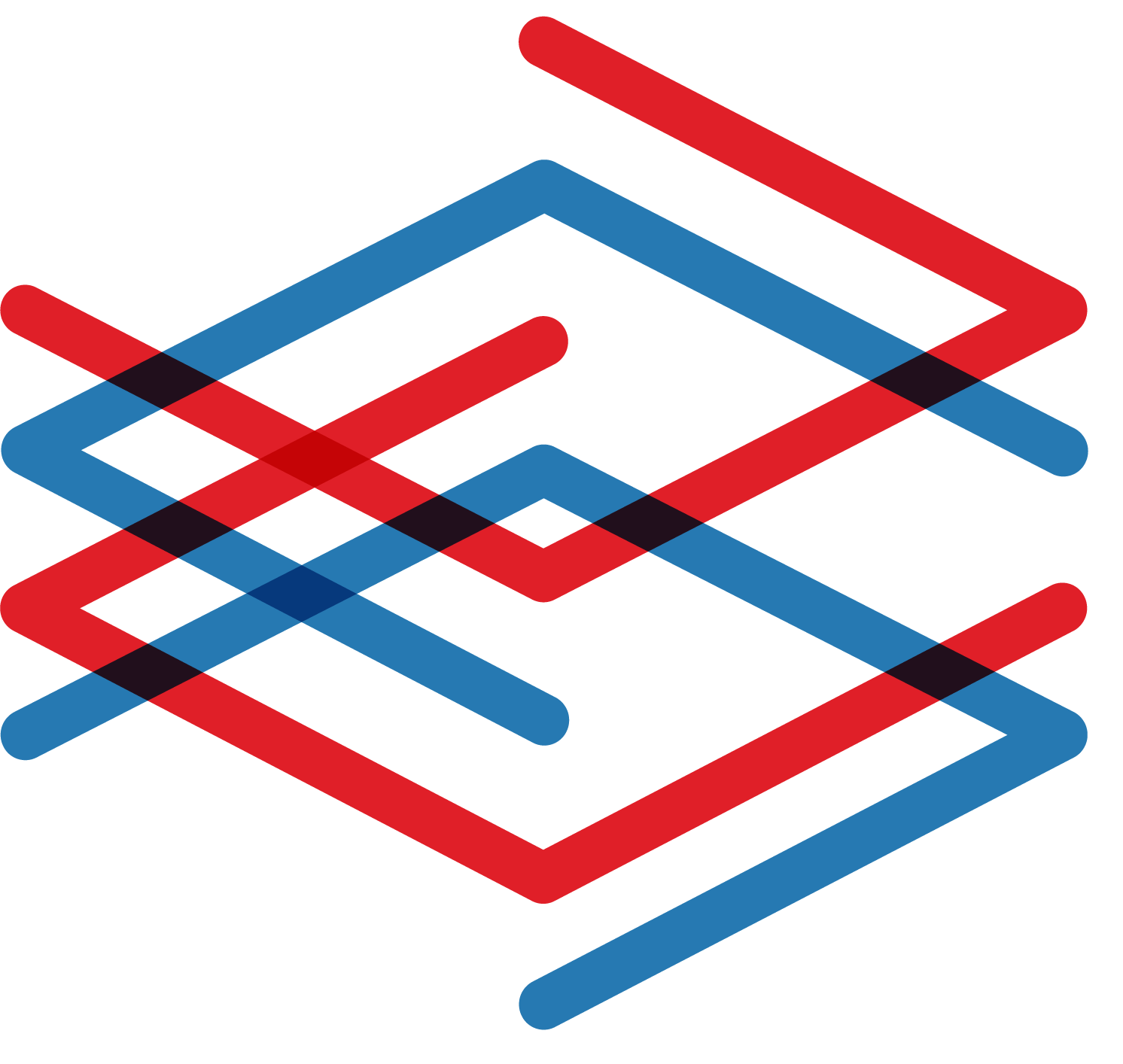Malizen in action > Use Case > Alert qualification
- Mathilde Queffurus
- Feb 23, 2023
- 3 min read
Updated: Aug 22, 2023
The job of a cybersecurity analyst is to monitor and respond to potential cyber threats and attacks. This requires a keen focus on qualifying cyber alerts. However, what exactly does this entail?
What is cybersecurity alert qualification?
When it comes to cybersecurity, detection systems play a crucial role in transferring alerts to analysts. Once these alerts are detected, it's the analyst's responsibility to ensure that they're legitimate by thoroughly analyzing the associated data and confirming if it poses a security threat. Qualifying alerts is a critical step in the cybersecurity process as it helps minimize the occurrence of false positives.
This process usually involves analysing the context of the alert: its source, the protocol that was used and the potential consequences of the alert. Cybersecurity alerts can come from many different threats, such as malware, phishing, ransomware etc. Validating the alert and confirming that it is a real threat ensures that time and resources are not wasted on false positives. The idea is to prioritise expert time on real incidents. So the objective of level 1 of the SOC is to filter out false positives so that they don't clutter up level 2 of the SOC. Then the different levels of analysts use the alerts to prioritise security measures and allocate resources to counter potential threats.
But then, what is the link between the qualification of cybersecurity alerts and Malizen?
False-Positive dangers
Although false positives may appear to be minor inconveniences, they can cause serious consequences to cyber teams.
First, there’s the time they waste… Another critical aspect to consider is the effect on morale. IT security teams, who are often working long hours, can find false positives incredibly frustrating. Being repeatedly interrupted and diverted from their work can lead to burnout and a gradual decline in productivity. Furthermore, there is a risk of alert fatigue. This happens when teams find it challenging to differentiate between genuine threats and false alarms due to a rising number of false positives. Consequently, this may cause them to ignore real alerts or miss critical security incidents altogether.
All this is leading to financial consequences. Apart from the time and resources that are required to investigate false positives, businesses may also suffer significant financial losses due to them.
How Malizen fits into improving alert qualification then?
To begin with, qualifying an alert involves contextual analysis. What are the source of the attack and the target of the attack related to and what is known about them? What is the history of activity of the attacker and the target? How often does the alert occur? These are all questions that Malizen can answer in the blink of an eye. Our tool automatically and visually presents this information, allowing for the rapid qualification of the alert being displayed.
In order to correctly qualify an alert, simply correlating alerts and linking threat intelligence sources is not enough. Events that come from logs not only provide a richer context to the alert but also serve as a source of parameters for determining the right response to the alert. Malizen enables fast and in-depth log analysis through a unique visual exploration environment.
Despite the advancements in security workflows, human analysis remains integral to the process. Distinguishing real threats from false positives is an area where human analysis is still vital. To improve the outcomes of human analysis, it is important to design technology that enhances human skills. This is why Malizen has made significant investments in developing state-of-the-art visual technology. Instead of simply receiving a generic alert reporting abnormal behavior, analysts can observe outliers and connections in the data. Analysts require the ability to swiftly pivot across data sources and observe events in the context of a timeline. The capacity to achieve this without changing screens or writing queries is essential for enabling analysts to investigate intuitively and quickly.
If you want to know more it's here → https://www.malizen.com/



